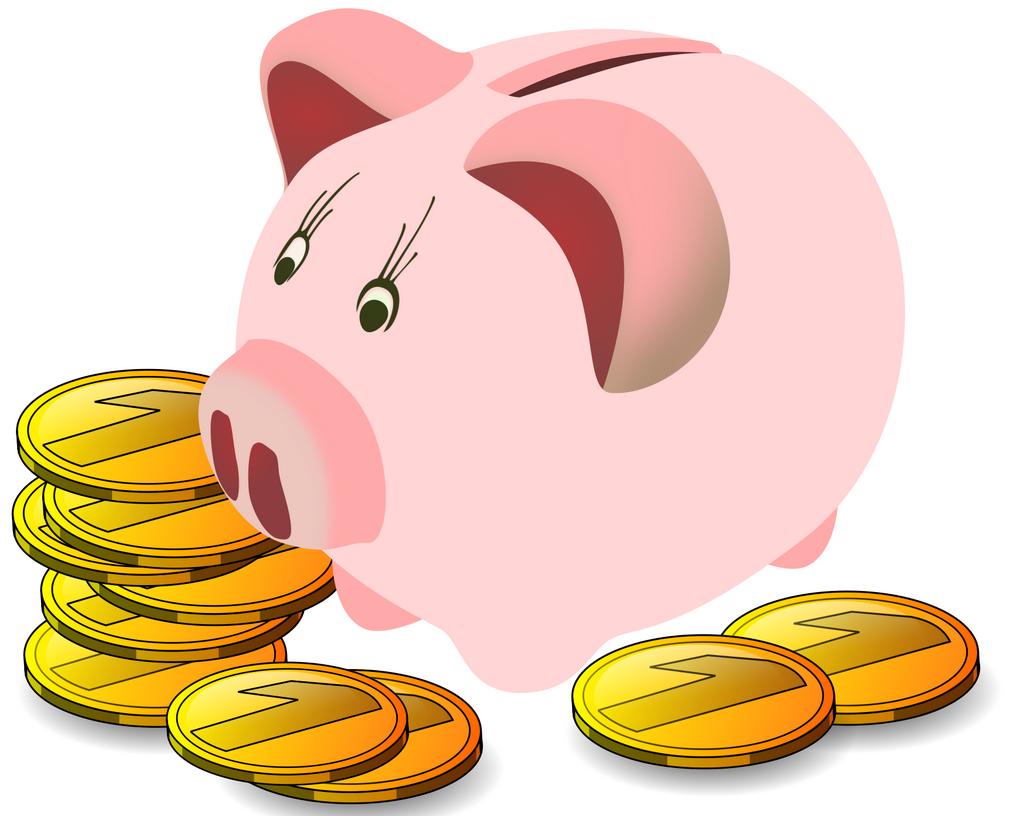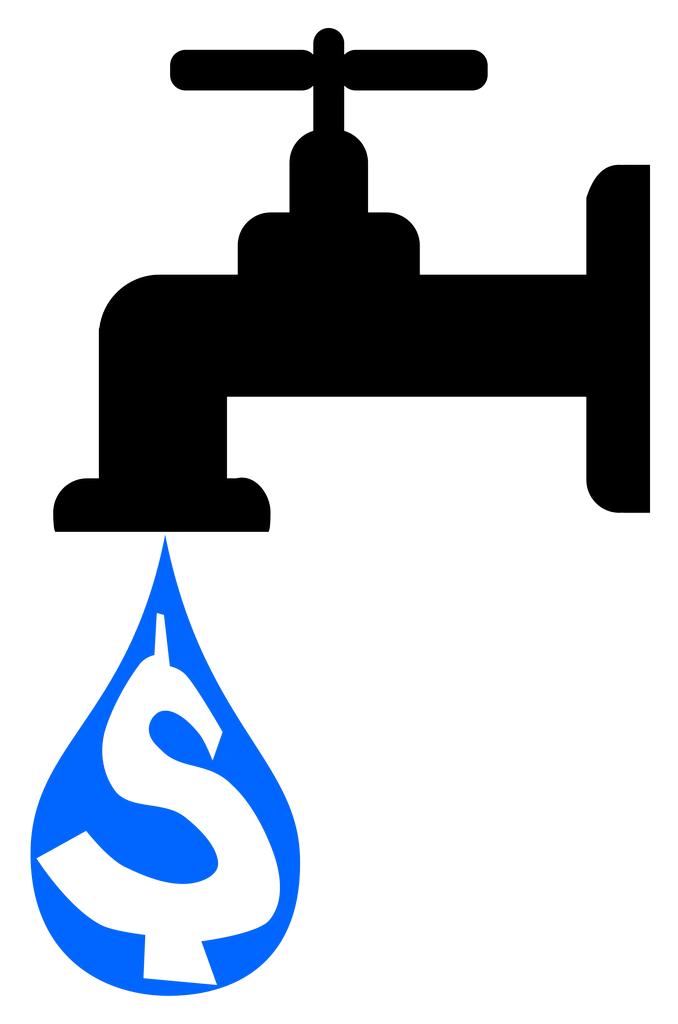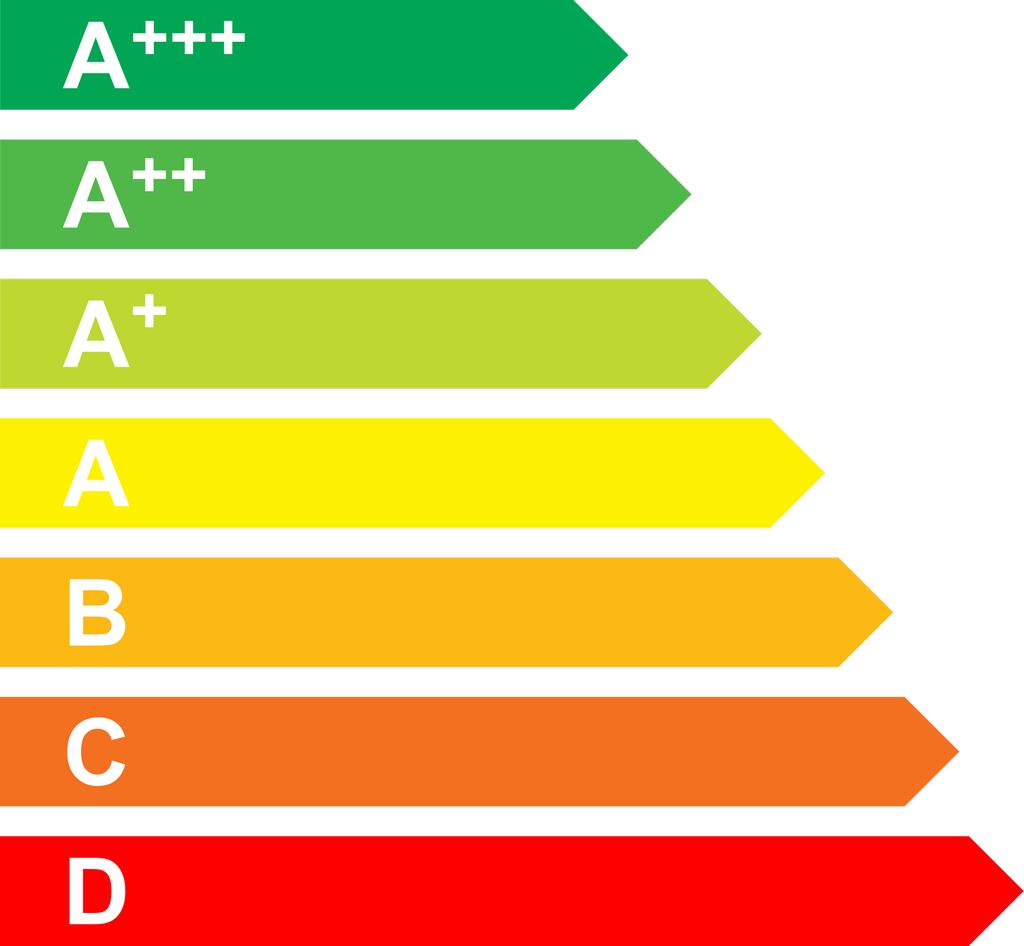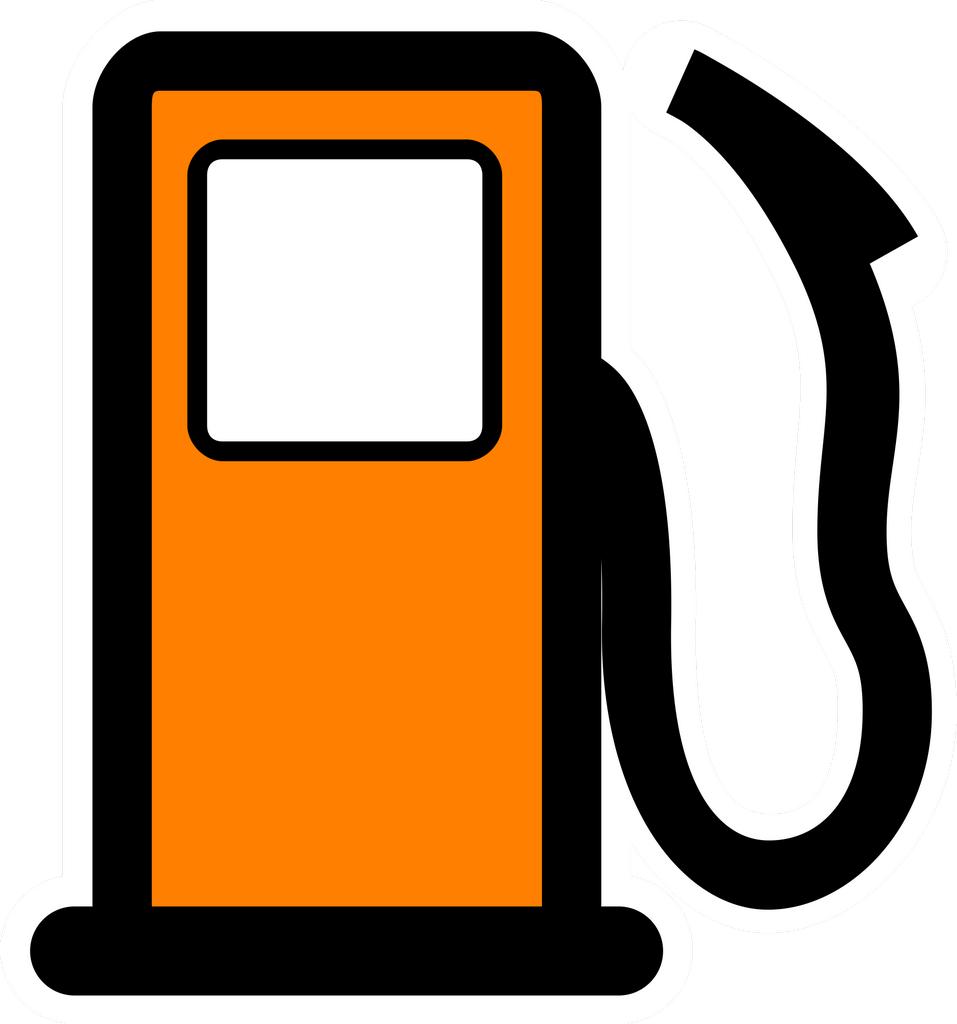Savings
Savings - savings
Saving is an activity that generates savings. A person saves if he puts off consumption and does not spend part of his net income. Savings create property or capital. Debts are the opposite of savings.
In economics, savings are defined as the difference between disposable income and consumption expenditure and are measured by the amount of money over a period of time (month, year). The share of savings in total income over a period of time is called the savings rate. The gross household savings rate in the EU is around 11%. By saving, a person increases his property, which in turn decreases withdrawals, inflation and the like.
If a person keeps his savings at home, in a treasury or in a straw hat, these funds are taken out of circulation and cannot be used as an investment. They actually represent an interest-free loan to the state (the National Bank). If they deposit them in a bank, the bank lends them to those who need them and is willing to pay interest for them. This puts the money into circulation, serves economic life and the owner pays interest for it. This interest (or interest rate) must be lower than that paid to the bank by its debtor, because this difference (the so-called interest margin) finances the bank's operations, risk insurance and the profits of its owners.
The savings owner can decide how to save his money and choose between liquidity, security and profitability. A current deposit in a bank has high liquidity (money can be withdrawn and used at any time), high security or low risk and relatively low return. The yield on term deposits is higher, but at the cost of reduced liquidity. When buying securities, especially stocks, they choose low liquidity (the security must first be sold before the money can be used for another purpose), high risk and usually high return.
Heat savings - saving energy in the home
In our conditions, the most important part of energy is spent on heating buildings. By modernizing buildings, these consumption costs are reduced. Appropriately selected insulation, the use of solar energy and more efficient heating systems (eg heat pumps) contribute the most to reducing costs. This saves up to 90 percent compared to the original values. For several years, it is even possible to apply for various incentives from the state to insulate the house, plastic windows, etc. (green savings). However, the most basic thing remains the appropriate choice of heating system, thoughtful temperature control and efficient ventilation.
Saving hot water
The second in energy consumption in the house is water heating. Energy savings arise mainly through reduced water consumption, but also through more efficient use. The highest consumption of hot water in the house falls on personal care (bathing, showering). Depending on the length, the shower requires about 40 to 75 liters of hot water, a bath with an average of 160 liters. But it depends above all on a personal approach. By suitable setting of the thermostatic mixer, it is also possible to save significantly on heating. However, it should not be reduced below 60 ° C to prevent the spread of Legionella bacteria, which can cause pneumonia and similar lung problems.
Electricity saving - saving electricity in the home
With proper building planning, you can save a lot of energy on lighting by using daylight. When using LED bulbs, quite significant energy savings are achieved for lighting, it is approximately ten times more efficient than a "classic" light bulb, and the price of the light bulb is almost equal.
Fuel savings - gasoline or diesel
In recent years, the efficiency of internal combustion engines has improved. Of course, manufacturers cannot change the weight of the vehicle too much with regard to safety and EURO NCAP tests, but there are still significant changes in concepts. At present, the European Union has also set a gradual reduction in greenhouse gases, which also leads to a reduction in consumption. This is a reduction in CO2 from 160 g per kilometer to 120 grams of CO2 per kilometer (see ECCP, European Climate Change Program) (120 g / km corresponds to about 5 liters of petrol per 100 km, or 4.5 liters of diesel per 100 km).






